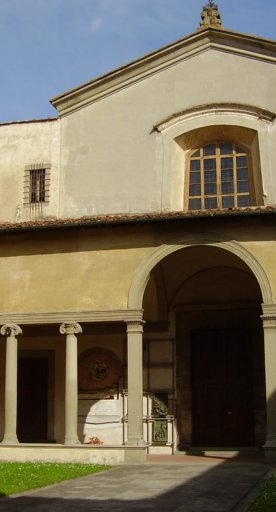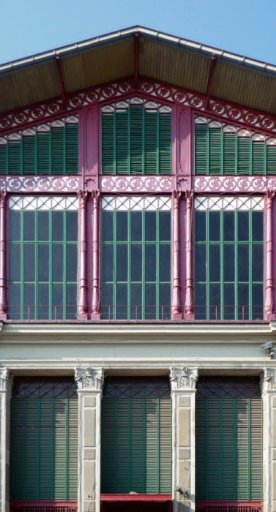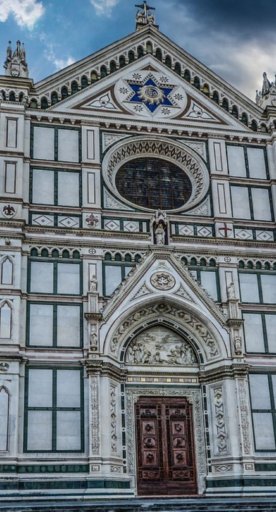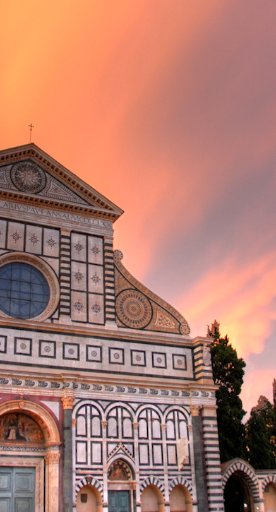Medici Villa and Garden of Castello
The Villa, one of the Medici’s oldest properties, is home to the Accademia della Crusca
The Medici Villa di Castello, in the hills of Florence, is also called Villa Reale and it is one of the oldest country residences of the Medici family, who acquired it in 1477.
The Villa takes its name from the castellum cistern, part of the ancient Roman aqueduct that was found here. The Villa was Cosimo I’s favourite and he had it restored by Tribolo beginning in 1537.
Declared an UNESCO World Heritage Site, the magnificent Villa has been the home of the Accademia della Crusca since 1966 and is therefore open to visitors only during special occasions.
Open to the public is the extraordinary Garden, designed in 1538 on the commission of Cosimo I and considered a prototype of the 16th-century Italian garden.

On the first terrace there is a splendid fountain of Hercules and Antaeus, a work of Tribolo e Pierino da Vinci, topped by bronze figures by Bartolomeo Ammannati. The Grotto of the Animals is also outstanding, designed by Tribolo and originally boasting spectacular waterworks; the grotto was meant to celebrate, in its perfect imitation of a natural grotto containing multi-coloured groups of animals, Cosimo’s idea of universal harmony.
In the area of the garden known as the Selvatico, characterised by a wood with holly oaks, oaks and cypresses, threre is the large pond-cistern decorated with Appennino, or January, a bronze sculpture by Ammannati.
There is also an extraordinary collection of 500 potted plants on the second terrace, known as the Citrus Garden: this collection contains the citruses gathered by the Medici, also called bizzarrie because those were the results of plant grafting and cultivation experiments, with rare varieties such as scented citrus trees, knurled lemon trees and large pomelos.
Accessibility information: feelflorence.it










